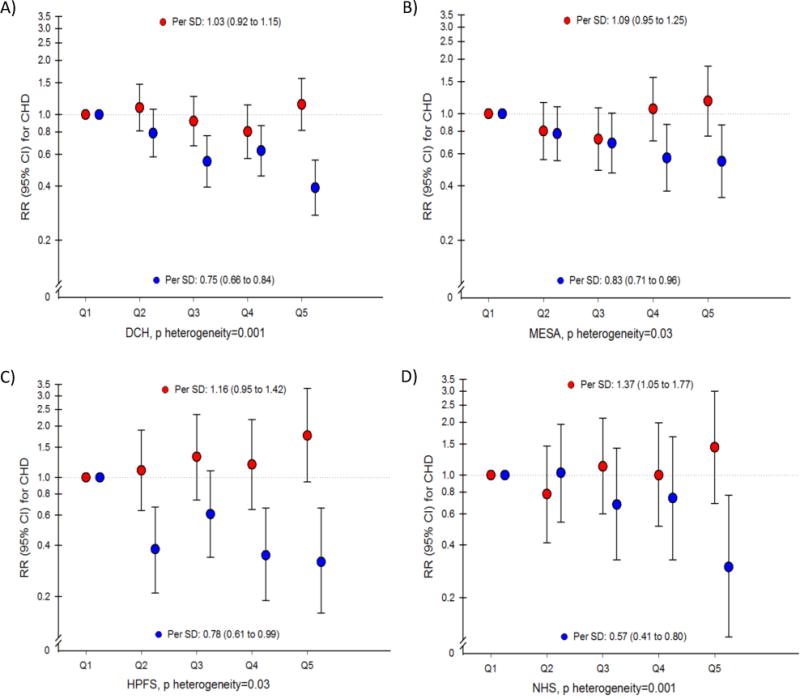Fig 1. Coronary heart disease risk associated with HDL containing (red) and HDL lacking apoC-III (blue) in four prospective studies.

Relative risks with 95% CI for risk of CHD estimated in four prospective studies (A) the Diet, Cancer and Health [DCH] Study, B) the Multi-Ethnic Study of Atherosclerosis [MESA], C) the Health Professionals Follow-Up Study [HPFS], and D) the Nurses’ Health Study [NHS]) per SD and using study-specific quintiles. Adjusted for ASCVD (atherosclerotic cardiovascular disease) risk factors: age, sex, prevalent diabetes, treatment with anti-hypertensive medication, (race/ethnicity in MESA), systolic blood pressure, smoking, and total cholesterol. Both subtypes of HDL (containing and lacking apoC-III) are simultaneously included in all models. P heterogeneity = test of the linear hypothesis that the regression coefficients for the two subfractions were equal (1 d.f. Wald test).
